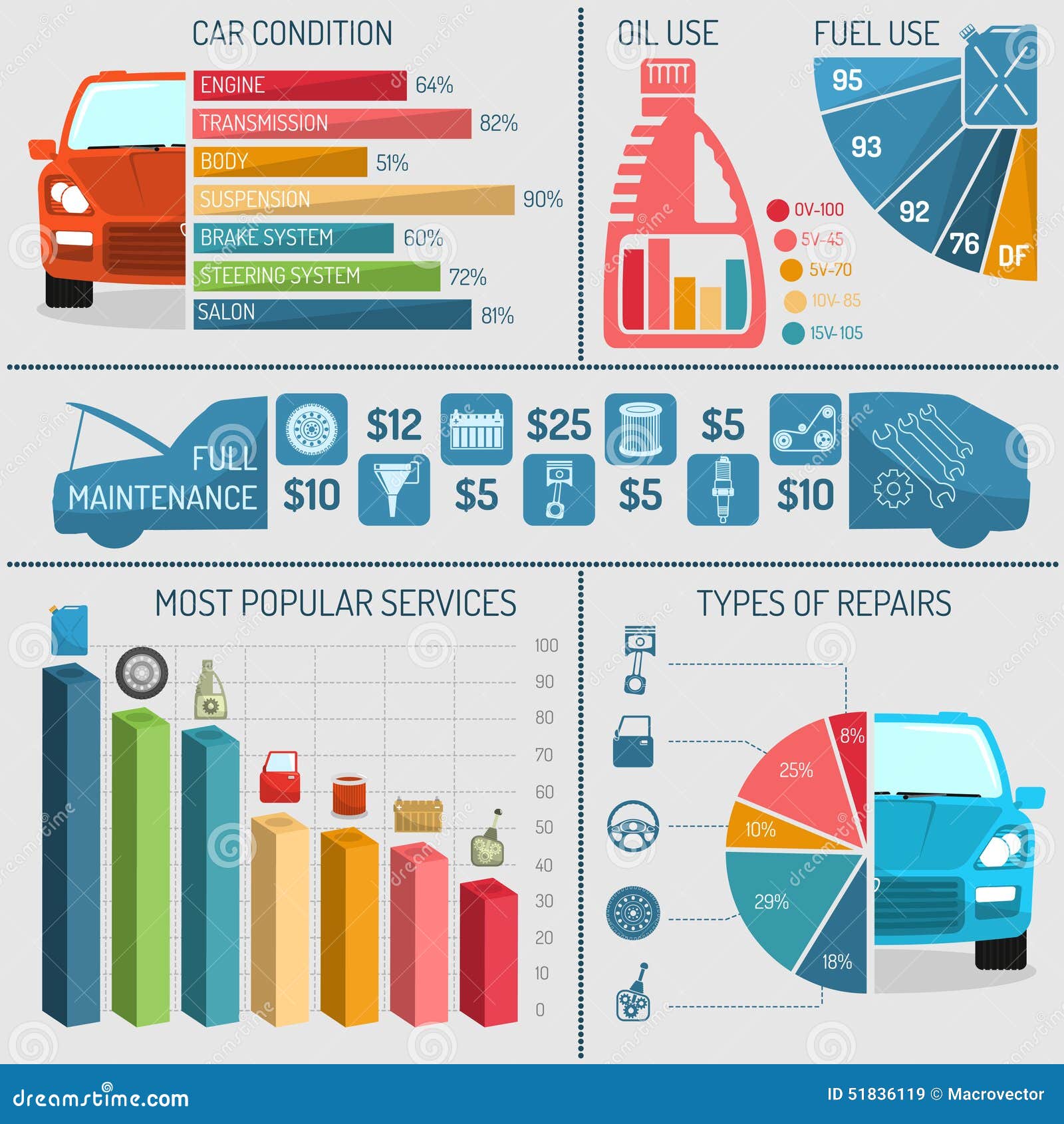Grasping The Relevance Of Your Cars And Truck'S Warning Signals: What They In Fact Stand For
Grasping The Relevance Of Your Cars And Truck'S Warning Signals: What They In Fact Stand For
Blog Article
Article By-Termansen Shepherd
When you lag the wheel, those glowing caution lights on your control panel can be a little bit perplexing. Do you recognize what they're attempting to tell you concerning your cars and truck's wellness? Recognizing the significance of these lights is essential for your security and the durability of your automobile. So, the next time one of those lights pops up, wouldn't you want to decode its message accurately and take the essential steps to address it?
Common Caution Lighting and Interpretations
Identify common caution lights in your vehicle and understand their meanings to make certain secure driving.
The most regular caution lights include the check engine light, which indicates issues with the engine or discharges system. If this light begins, it's essential to have your lorry inspected promptly.
The oil pressure alerting light shows reduced oil pressure, requiring instant focus to prevent engine damages.
A flashing battery light could recommend a damaged billing system, potentially leaving you stranded otherwise addressed.
The tire pressure tracking system (TPMS) light alerts you to reduced tire stress, influencing lorry security and fuel efficiency. Disregarding this can lead to unsafe driving problems.
The abdominal light indicates a problem with the anti-lock braking system, compromising your capability to quit quickly in emergencies.
Last but not least, the coolant temperature advising light warns of engine getting too hot, which can cause severe damage if not resolved quickly.
Recognizing these usual warning lights will certainly aid you resolve problems without delay and maintain safe driving problems.
Importance of Prompt Interest
Recognizing the common caution lights in your vehicle is only the first step; the relevance of quickly attending to these warnings can not be emphasized sufficient to ensure your safety on the road.
When a caution light brightens on your control panel, it's your car's way of interacting a possible problem that requires focus. Ignoring these warnings can result in more extreme problems later on, jeopardizing your safety and possibly costing you more out of commission.
Motivate interest to alerting lights can prevent breakdowns and crashes. For instance, a blinking check engine light could indicate a misfire that, if left ignored, might cause damages to the catalytic converter. Resolving car detailing products can conserve you from an expensive fixing.
Likewise, a brake system cautioning light could signify reduced brake fluid or worn brake pads, vital components for your safety and security when driving.
DIY Troubleshooting Tips
If you observe a caution light on your control panel, there are a few DIY fixing pointers you can attempt prior to looking for professional help.
The primary step is to consult your vehicle's handbook to comprehend what the details caution light indicates. Sometimes the problem can be as simple as a loosened gas cap setting off the check engine light. Tightening danddcarwashnz may solve the problem.
An additional usual concern is a reduced battery, which can set off numerous warning lights. Inspecting https://brake-pads-and-rotors62849.snack-blog.com/30211606/top-10-tips-for-selecting-the-best-car-repair-shop-near-you for rust and guaranteeing they're protected may repair the trouble.
If a warning light lingers, you can attempt resetting it by detaching the cars and truck's battery for a few minutes and afterwards reconnecting it. Additionally, inspecting your car's liquid levels, such as oil, coolant, and brake liquid, can help troubleshoot warning lights associated with these systems.
Conclusion
Finally, comprehending your cars and truck's warning lights is crucial for keeping your lorry running efficiently and safely. By immediately attending to these signals and knowing what they imply, you can stay clear of pricey repair services and prospective break downs.
Bear in mind to consult your vehicle's handbook for specific details on each advising light and act as necessary to ensure a hassle-free driving experience.
Keep informed, remain risk-free when traveling!
